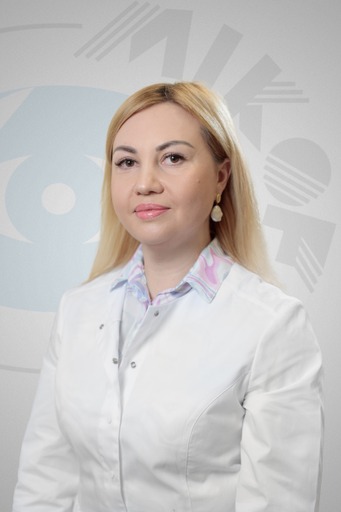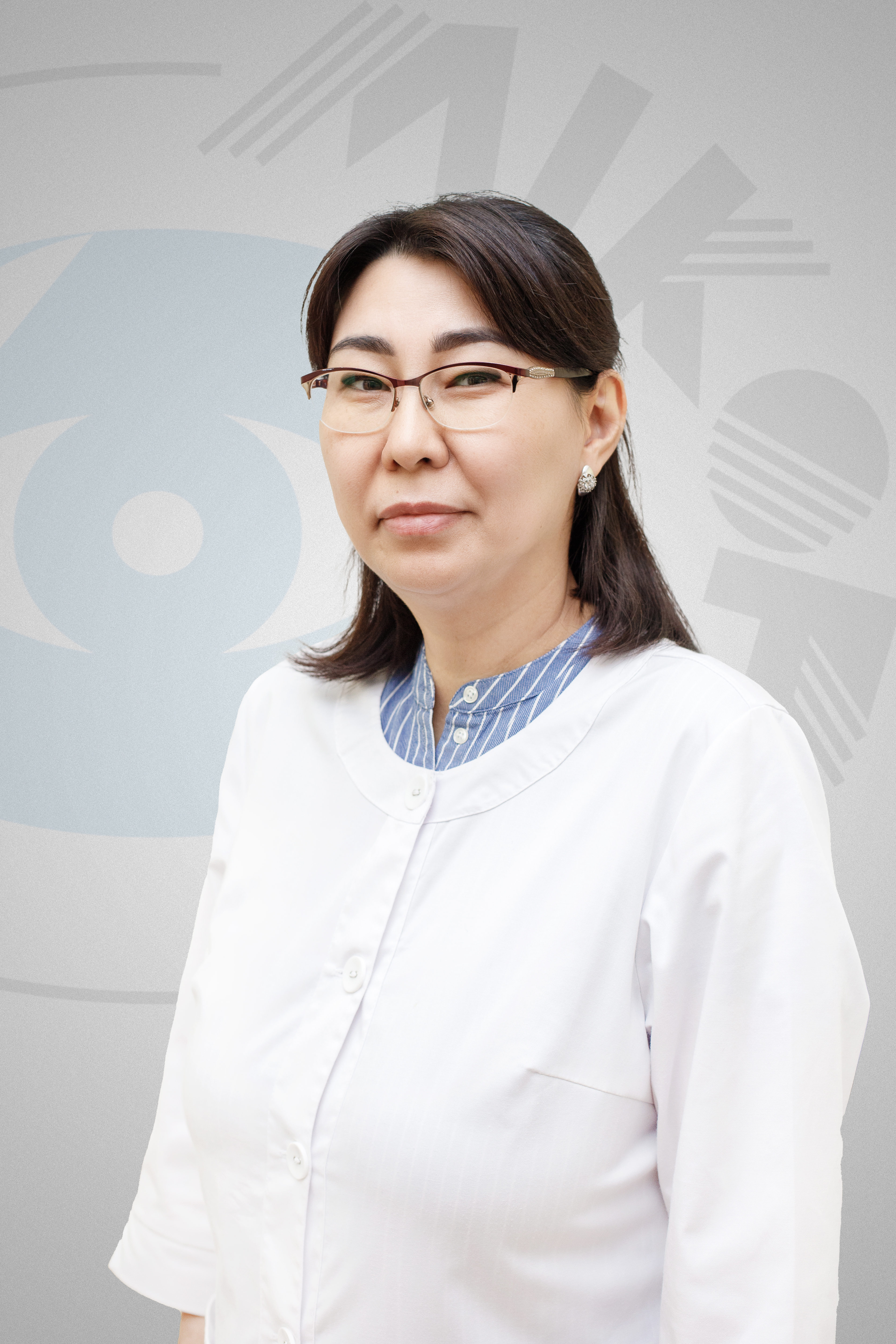Glaucoma
Glaucoma
Pay attention to your eyes! Take care of them and pay attention to even the seemingly small things!
Glaucoma - chronic eye conditions in which increased intraocular pressure, optic nerve is affected and reduced vision, including blindness. Blindness generated by glaucoma is irreversible as the optic nerve dies. Back view blinded in this case is impossible.

Unfortunately, glaucoma - a fairly common disease. They predominantly affects people over 40 years. But this disease can strike and young (youth glaucoma) and even newborns (congenital glaucoma). Today ophthalmology known only one way to prevent blindness in glaucoma: Early detection and proper treatment. Thanks to modern methods of treatment, most patients can not save the sight and the joy of perception of the world.
The causes of glaucoma
In glaucoma, the optic nerve damage occurs. This leads to rupture of bonds between the eyeball and the brain: the image occurring at the retina is not supplied to the brain.
Normally inside the eye ciliary body constantly produces special intraocular fluid. It is transparent, rich in nutrients and oxygen. She bathes and nourishes the lens, cornea, vitreous body. Give them nutrients and oxygen, the aqueous humor takes them metabolic products, which are derived from the eye. During her occurs slowly in the eye per day produces about 4 ml and the same fluid flows out. The main way of intraocular fluid - the angle of the anterior chamber of the eye, where there is a special drainage system.
Do not confuse the aqueous humor with a tear! Tear washes the outside of the eyeball, it is produced by tear glands and flows away through the inner corner of the eye into the nasal cavity. Intraocular fluid produced within the eye, the eyeball is washed from within and flows off through the drainage system in the venous vessels.
Equilibrium between the amount produced in the eye fluid and the fluid flowing out of the eye, provides a constant intraocular pressure (IOP). Normal intraocular pressure individual figures, but on average ranges between 16-25 mm Hg (measured tonometer Maklakova).
Intraocular pressure may be increased due to two main reasons:
intraocular fluid is produced in excessive amounts;
impaired excretion of intraocular fluid through the drainage system of the eye due to its changes.
The result - increased intraocular pressure. High eye pressure is too strong effect on the outer membrane of the eye. that at the exit point of the optic nerve is the thinnest. In addition, vessels that nourish the optic nerve, bend, and its blood supply is disrupted significantly. If the optic nerve is in this state for a long time, it will atrophy (initially disrupted the livelihoods of nerve fibers, and then comes their irreversible destruction), and vision deteriorates. The increased pressure inside the eye and compresses the ocular blood vessels, which occurs perfusion retina and optic nerve. The amount of blood flowing into the eyes is reduced, resulting in damage to the nerve fibers.
An important role in the occurrence of glaucoma played by heredity. If your family has glaucoma, you should be especially vigilant and regularly examined by an ophthalmologist. Visit an ophthalmologist, and measurement of intraocular pressure at least 1 time per year will allow time to identify and effectively treat the disease.
Symptoms and forms of glaucoma
For Glaucoma is characterized by three major features: increased intraocular pressure; narrowing of the field of vision; changes in the optic nerve.
In order to recognize the glaucoma is important to know the symptoms and subjective feelings of the patient. Experts distinguish several forms of glaucoma.
Open-angle glaucoma - the most common form of the disease, in which the anterior chamber angle is open, but the outflow of intraocular fluid more difficult due to disturbances in the circulatory and drainage system of the eye. This is a particularly insidious kind of disease when not marked clearly defined symptoms. A person may not feel the moderate increase in intraocular pressure, which has detrimental effect on the optic nerve, leading to vision loss.
In this form of glaucoma is first disrupted peripheral vision (narrows the field of view), and central vision continues for some time remain normal. However, as the disease progresses, the patient loses both peripheral and central vision.
On the increase of intraocular pressure can indicate the following features:
blurred vision, the appearance of "mesh" before the eyes;
the presence of "rainbow circle" when looking at the light source (such as a light bulb);
discomfort in the eye: the feeling of heaviness and tension;
slight pain in the eyes;
feeling of dry eye;
deterioration in the ability to see at dusk;
minor pain around the eye.
Unfortunately, in most cases, this type of glaucoma develops quickly, its presence often learn by accident, when vision is significantly reduced. But the patient eye while outwardly no different from healthy.

So sees the healthy eye

So the eye can see with advanced stages of glaucoma
When angle-closure glaucoma is broken due to the outflow of intraocular fluid drainage system of the eye closing the iris. This form of glaucoma often occurs in the form of attacks. An acute attack of this form of glaucoma has a characteristic features: a significant increase in intraocular pressure (60-90 mmHg), severe eye pain, headache. Often during an attack may be nausea, vomiting and general weakness. The vision in the affected eye drops sharply.
An acute attack of angle-closure glaucoma is often mistaken for migraines, dental pain, acute gastric illness, meningitis, influenza because the patient complains of headache, nausea, general weakness without mentioning the eye. In this case it may be left without aid, so necessary in the early hours of attacks.
Glaucoma can be congenital. In this case, the newborn children found elevated IOP, and in some cases - increase in the size of the eyeball. The reason for this form of glaucoma are birth defects of the structure of the drainage apparatus of the eye. If they are small, the disease can be detected immediately, but in childhood or adolescence. Secondary glaucoma occurs as a consequence of other eye diseases (inflammatory, vascular, dystrophic, related to lens pathology, trauma). The cause of increase in IOP in secondary glaucoma is a violation of the outflow of intraocular fluid.
Glaucoma with normal (low) pressure is caused by circulatory disorders of the eye, especially the drainage system, and the optic nerve. In this form of glaucoma, reduced visual acuity, narrowing of the boundaries of the field of view, the development of optic nerve atrophy occurs with a normal IOP.
Glaucoma - non-communicable diseases. It normally occurs in both eyes, but not both: in the second eye, it may take a few months or years.
REMEMBER! Vision, lost from glaucoma, can not come back! Since the disease can be fought successfully only in a timely manner to recognize it!

















